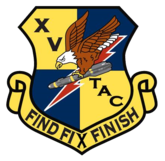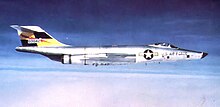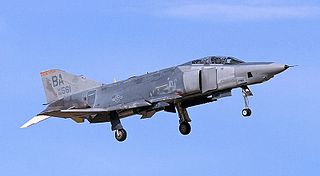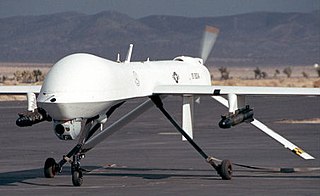| 15th Attack Squadron | |
|---|---|
 | |
| Active | 1917–1919; 1921–1927; 1928–1946; 1947–1949; 1951–1990; 1991–1994; 1997–present |
| Country | |
| Branch | |
| Role | Persistent Attack and Reconnaissance |
| Part of | Air Combat Command |
| Garrison/HQ | Creech Air Force Base |
| Nickname(s) | "Cottonpickers" (c. 1956-c. 1989) [note 1] "Pigeons" |
| Motto(s) | Find, Fix, Finish |
| Mascot(s) | Pigeon |
| Battle honours | Antisubmarine European Theater of Operations Korean War Global War on Terror (Expeditionary) [1] |
| Commanders | |
| Current Commander | Lieutenant Colonel John Stripling |
| First Sergeant | MSgt Justin Wilson |
| Notable commanders | General Arthur J. Lichte Lieutenant General Paul Selva Brigadier General Michelle D. Johnson |
| Insignia | |
| 15th Attack Squadron emblem (approved 9 March 2017) [1] |  |
| 15th Tactical Reconnaissance Squadron emblem [note 2] |  |
| 15th Observation Squadron emblem (approved 2 April 1924) [2] [note 3] [note 4] |  |
| 15th Attack Squadron Heritage emblem |  |
| Aircraft flown | |
| MQ-9 Reaper | |
15th Attack Squadron is a United States Air Force unit assigned to the 432d Wing, 732nd Operations Group at Creech Air Force Base near Indian Springs, Nevada. It flies the General Atomics MQ-9 Reaper remotely piloted aircraft.
Contents
- Mission
- History
- World War I
- Interwar years
- World War II
- Korean War
- Pacific reconnaissance
- Intelligence activities
- Remotely Piloted Aircraft operations
- Lineage
- Assignments
- Stations
- Aircraft
- Honors
- See also
- References
- Notes
- Bibliography
The 15th Attack Squadron was one of the first armed remotely piloted aircraft squadrons. [1] The squadron provides combatant commanders with persistent intelligence, surveillance and reconnaissance, full-motion video, and precision weapons employment. Global operations support continuous MQ-9 Reaper employment providing real-time actionable intelligence, strike, interdiction, close air support, and special missions to deployed war fighters.






















